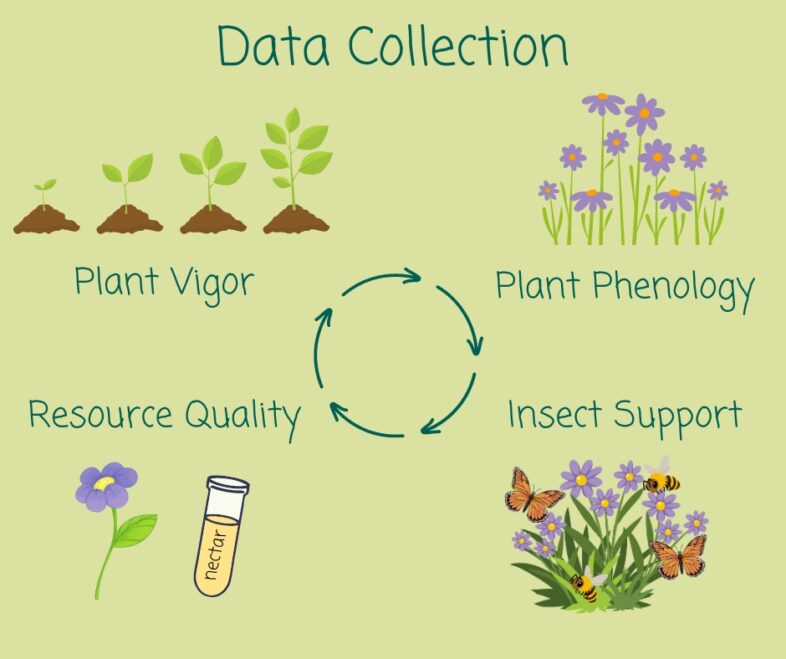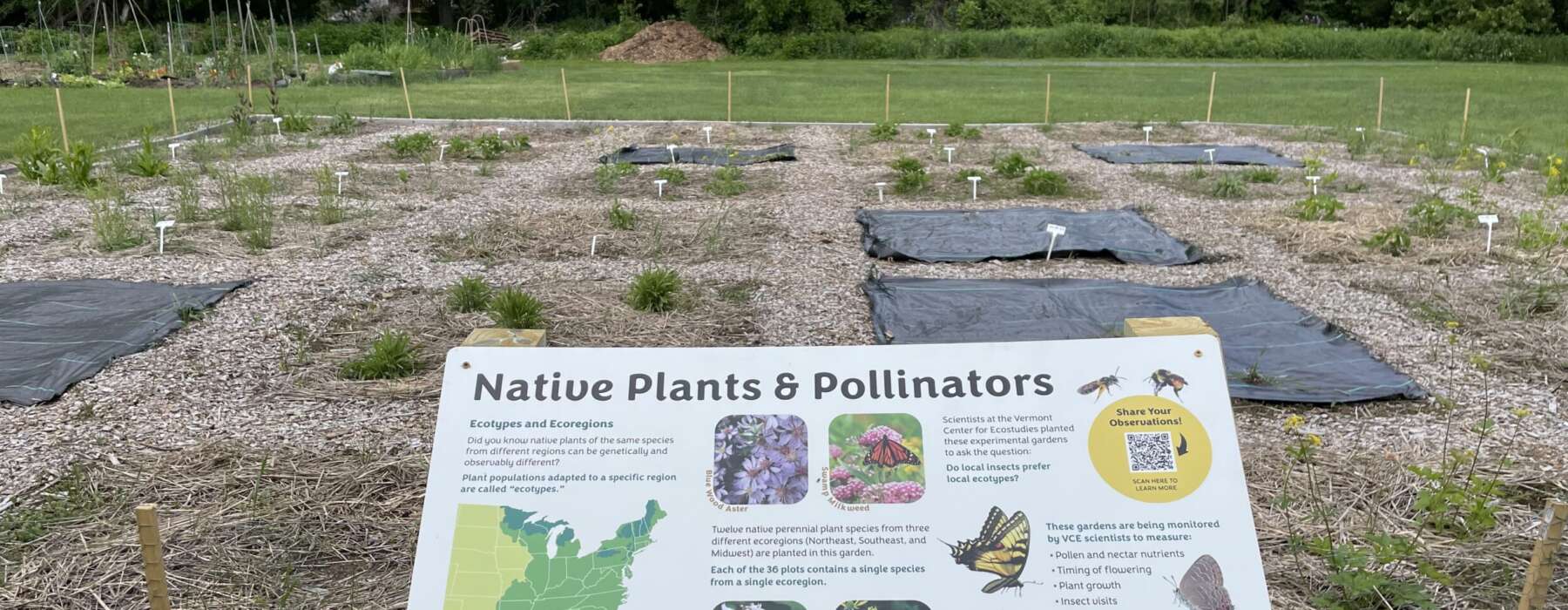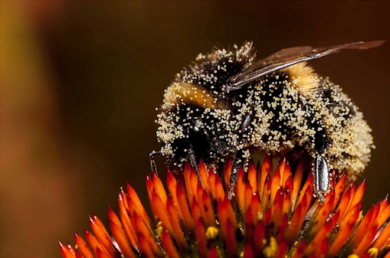Demand for native plants is booming as many communities work to repair and restore ecosystems in novel landscapes like cities and suburbs. However, because of limitations in the horticulture supply chain, many plants are sourced from geographical areas that are very different from where they are sold. That means the plants available in your local nursery may have come thousands of kilometers from where they will eventually be planted.
Plant provenance is the geographic source of plant material collected for horticultural propagation. Many native plants have distributions that cover a wide range of ecoregions in the US, and these plants are often locally adapted to the areas they were sourced. Thus, even within the same species, plants from different regions can be genetically and functionally different, which can have cascading impacts on how that plant grows, when it flowers, or how well it provides resources like nectar or pollen. Does this matter for our local beneficial insects? VCE scientists are embarking on new research to answer this question.
To address the gaps in our current knowledge about plant provenance, VCE Conservation Biologist Desiree Narango and Director of Conservation Scientist Ryan Rebozo are collaborating with Native Plant Trust and Northeast Seed Network to implement an innovative, community-based common garden experiment to assess how plant provenance influences plant resilience, plant traits, and pollinator support. This study will be the first of its kind in North America to assess relationships between insect use and plant provenance and will include plants with origins more than 1700 km apart.
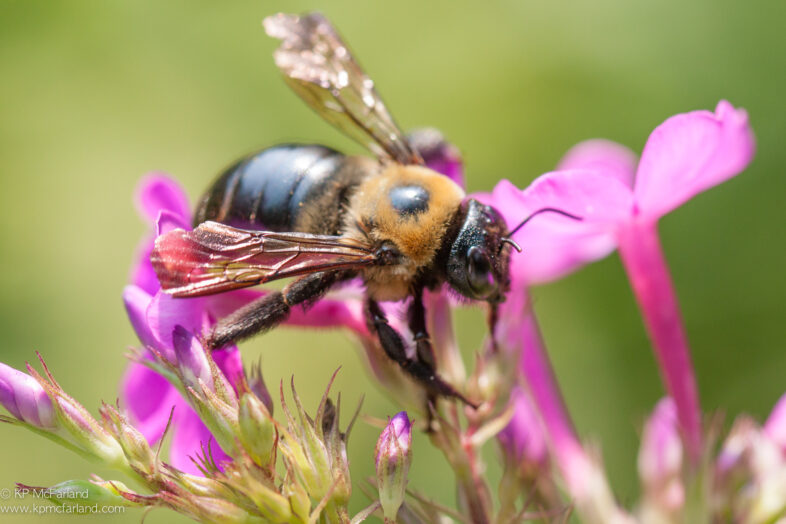
Eastern Carpenter Bee © Kent McFarland
Starting in August 2024, we will plant nearly 1,100 plants in six public gardens in the Upper Valley of VT and NH. We will be looking for volunteer community scientists to help us with our planting effort, so stay tuned for opportunities! In 2025, once the plants are established, we will begin conducting measurements of the plants and pollinator visitation to see how well these plants do and which insects visit them.
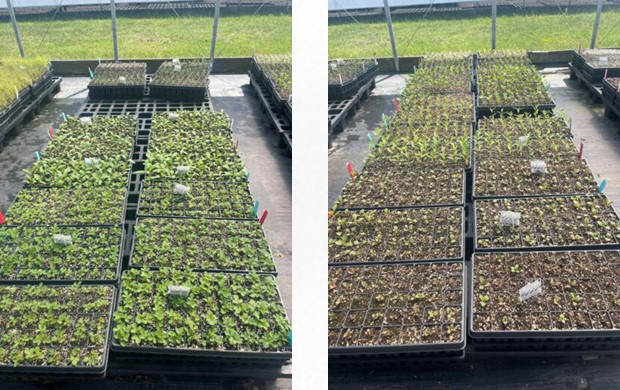
Plant plugs being grown at Native Plant Trust, 05/22/24
Experimental Plants
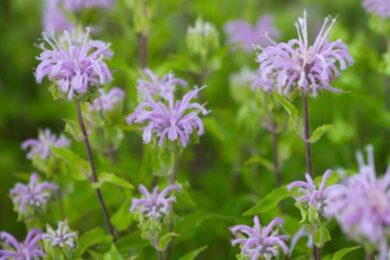
Monarda fistulosa
Gravity-Dispersed
- Wild Bergamot (Monarda fistulosa)
- Narrow-leaf Mountain Mint (Pycnanthemum tenuifolium)
- Blue Vervain (Verbena hastata)
- Golden Alexanders (Zizia aurea)
Wind-dispersed
- Swamp Milkweed/Rose Milkweed (Asclepias incarnata)
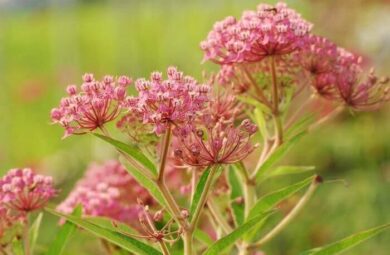
Asclepias incarnata
- Boneset (Eupatorium perfoliatum)
- Gray Goldenrod (Solidago nemoralis)
- Blue Wood Aster (Symphyotrichum cordifolium)
Animal-Dispersed
- Showy Tick Trefoil (Desmodium canadense)
- Wild Strawberry (Fragaria virginiana)
- Cutleaf Coneflower (Rudbeckia laciniata)
- Foxglove Beardtongue (Penstemon digitalis)
